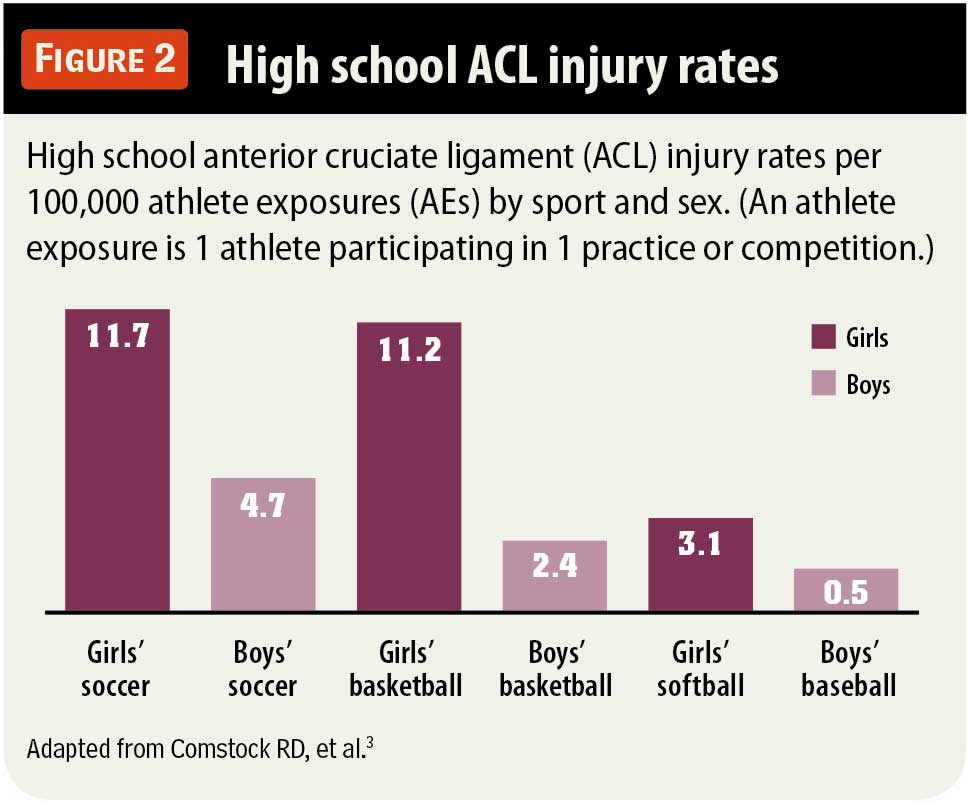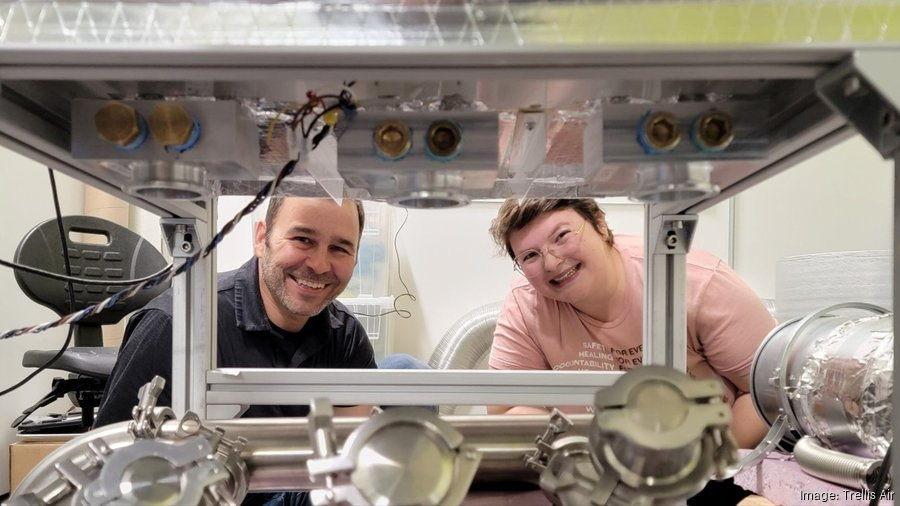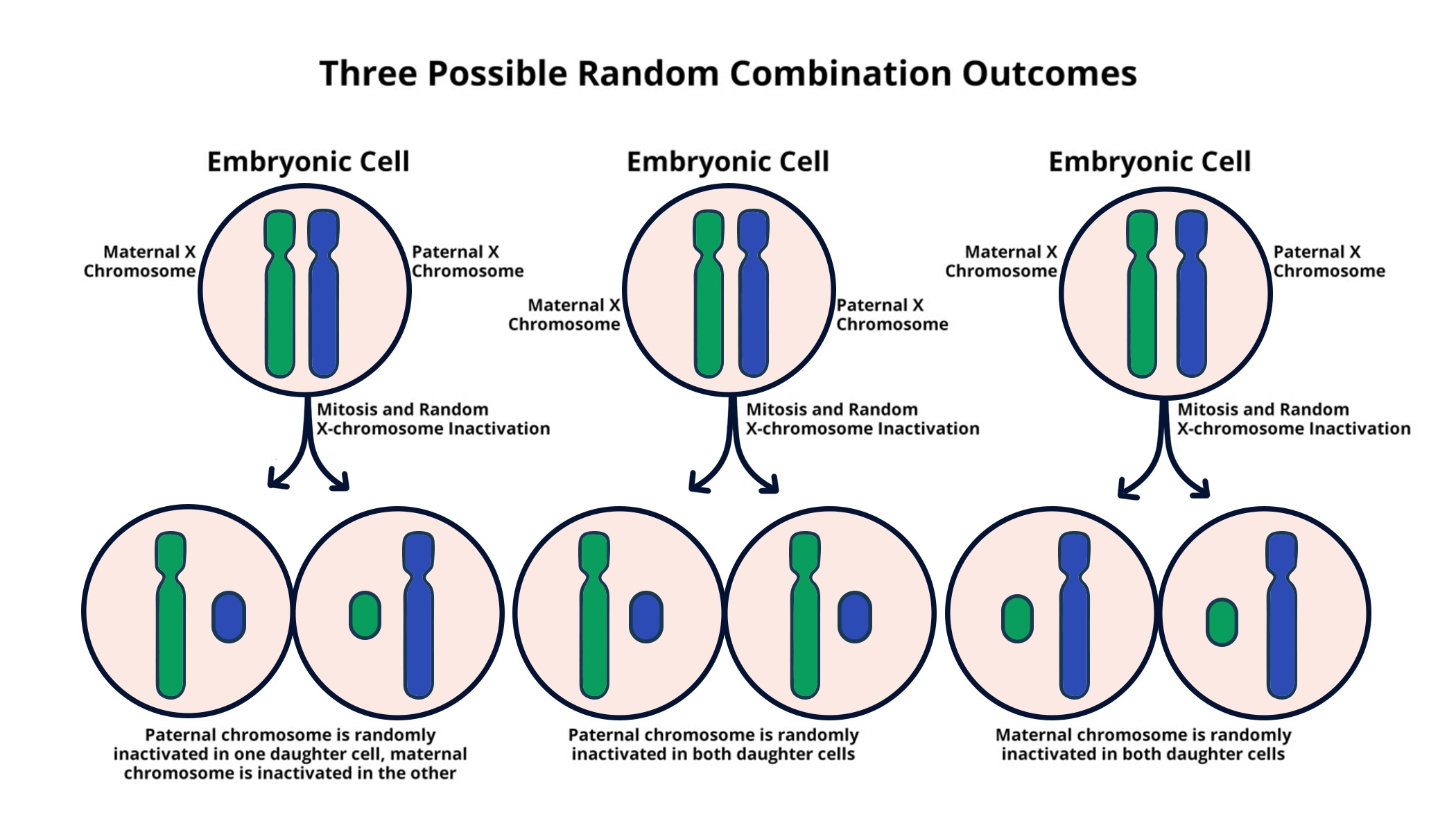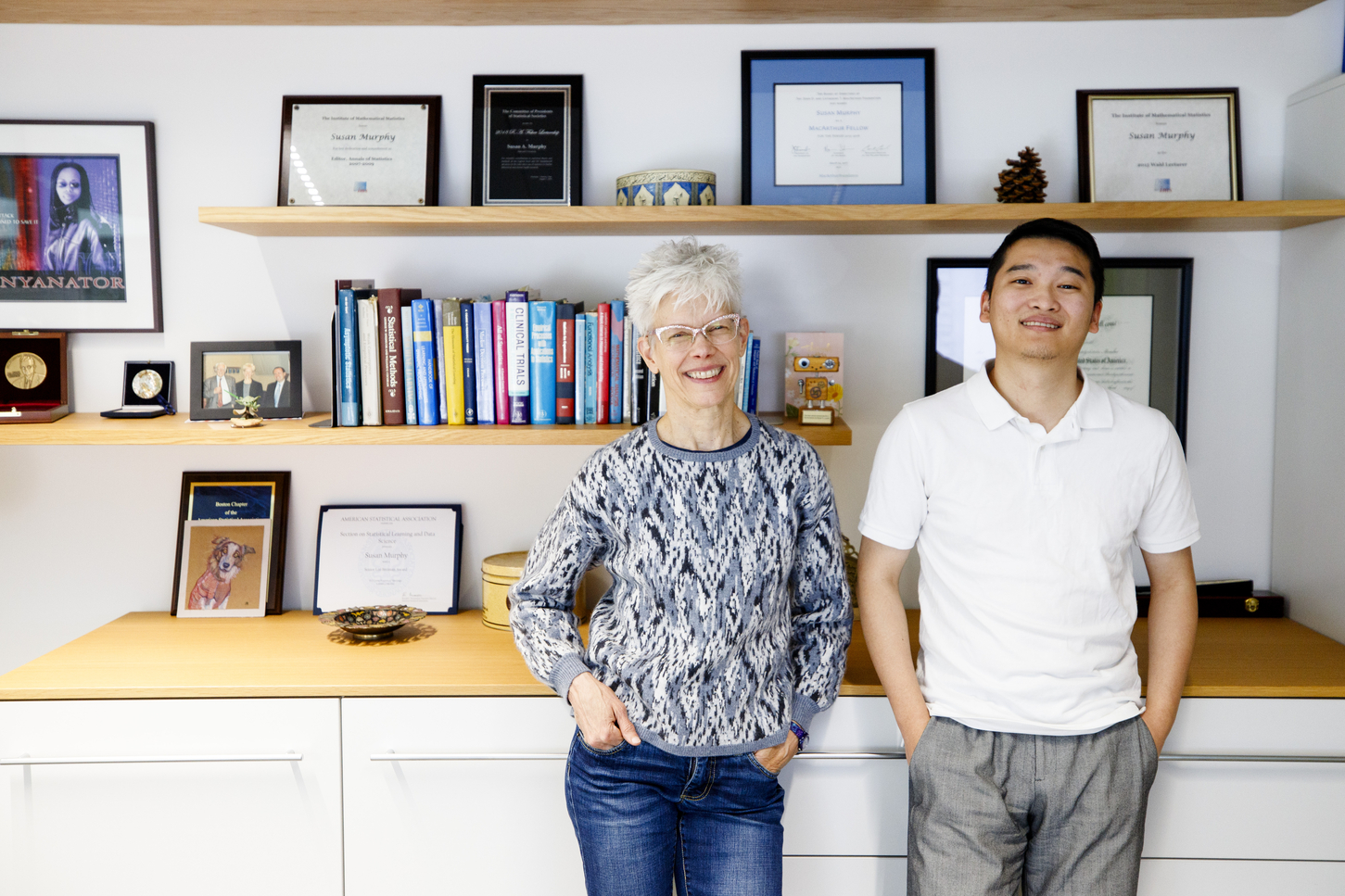ACL injury rates among women athletes have become a focal point in sports science, raising significant concerns about female athlete injuries. Research indicates that women experience ACL tears at alarming rates, often attributed to various biological and anatomical factors. However, recent studies, including insights from Harvard’s GenderSci Lab, challenge this traditional narrative by emphasizing the influence of social factors and gender biases in sports. These studies reveal that the metrics used to measure ACL injury exposure fail to account for the differences in training and competition environments between genders. Addressing ACL injury prevention for female athletes requires a holistic approach that recognizes both biological vulnerabilities and systemic inequalities in women sports injuries.
The discussion surrounding ACL injuries in female athletes sheds light on broader issues affecting their overall health and performance. Female athletes often encounter a disproportionate risk of knee injuries, frequently linked to factors such as team size and variations in exposure during competitive play. This heightened exposure contributes to injuries such as ACL tears in women, a concern that calls for refined sports science methodologies. Alternative approaches to assessing and preventing sports injuries in women are critical, given the disparities observed in training resources, coaching, and treatment facilities. By understanding the intricacies of gender dynamics in sports, stakeholders can better promote athlete wellness and enhance performance among women in sports.
Understanding ACL Injury Rates in Women Athletes
The study highlighted the alarming rate of ACL injuries among female athletes, revealing that women are 1.7 times more likely to sustain these injuries compared to their male counterparts. This statistic raises critical questions about the underlying reasons for the discrepancy, prompting researchers to explore beyond simplistic biological explanations. Factors such as the gendered structure of athletic participation, allocation of resources, and training methodologies all contribute to this unsettling trend. Understanding these nuances is pivotal for developing effective ACL injury prevention strategies targeted specifically at women.
The authors of the study assert that ACL injury susceptibility among women cannot be wholly attributed to physical differences. Instead, social and structural factors play a significant role in increasing the risk. For instance, female athletes often compete in smaller teams and engage in more frequent competition, which translates to less practice time and lower preparedness. Acknowledging these discrepancies in athlete-exposure metrics provides a basis for revising current protocols to prevent ACL injuries effectively.
The Role of Gender Bias in Sports Science
Gender bias in sports science not only perpetuates myths about female athletes but also impacts injury prevention efforts. Historical perspectives often focus on biological determinism, suggesting that hormonal differences and anatomical structures alone lead to higher injury rates among women. This narrow view fails to encompass the broader context, which includes discrepancies in how male and female athletes are trained, funded, and supported within sports. The GenderSci Lab’s initiative aims to challenge these entrenched biases by promoting a more comprehensive understanding of how social factors intersect with biological variables.
Researchers emphasize the need for a critical reevaluation of how sports injuries are studied and reported. By acknowledging the influence of societal norms and biases, scholars can more accurately interpret the risk factors associated with female athlete injuries. This paradigm shift could catalyze better preventive measures that cater specifically to the needs of women in sports, rather than imposing flawed interpretations derived from male-centric research.
Revising ACL Injury Metrics for Accurate Assessment
To tackle the issue of ACL injury rates effectively, there is an urgent need to revise how these injuries are quantified and analyzed in sports science. Current metrics often fail to account for vital variables such as the differences in team sizes and athlete exposures during training and competition. By reassessing these metrics to consider individual player exposure instead of generalized team data, researchers can paint a clearer picture of injury risks and prevention strategies. Such a refinement in measurement can lead to informed approaches to ACL injury prevention tailored to female athletes.
Furthermore, recommendations propose separating practice from game time in injury assessment, which would allow for a deeper understanding of when and why injuries occur. By focusing on player development and conditioning alongside competition analysis, sports scientists can create a more equitable framework for both female and male athletes. This comprehensive approach is essential for effectively reducing ACL injuries and fostering a safer sporting environment.
The Impact of Underinvestment in Women’s Sports
Underinvestment in women’s sports is a critical factor contributing to high ACL injury rates among female athletes. With resources often skewed in favor of male teams, women face challenges that range from limited access to quality training facilities to fewer opportunities for skill development and conditioning. This disparity creates an environment where women are not only more likely to be injured but also lack the institutional support that could mitigate these risks. Addressing these inequities is essential for promoting athlete safety and improving overall performance across women’s sports.
The study underscores the importance of allocating appropriate resources to female athletic programs to ensure all athletes have equal training opportunities and access to injury prevention techniques. Some changes may include increasing funding for women’s teams, enhancing training facilities, and providing better access to sports medicine experts. With such systemic changes, the sport industry can help reduce ACL injury rates and empower female athletes to perform at their best.
Exploring the Intersection of Biology and Social Factors
Understanding ACL injuries requires an exploration of both biological predispositions and social influences that shape female athletes’ experiences. While biological factors such as hormonal cycles and ligament structure may contribute to injury risk, they do not exist in a vacuum. The interrelationship between biology and external circumstances, including training conditions and sponsorship, creates a complex landscape that significantly impacts ACL injury rates. Recognizing this interaction is essential for developing effective prevention strategies aimed at women athletes.
Sports science must adopt a more multidisciplinary approach that bridges biology with social science to fully grasp the factors contributing to ACL injuries among women. This integrated understanding can lead to tailored interventions that consider both physical and social aspects of athletic participation, paving the way for safer sporting environments and improved competitive outcomes for female athletes.
Enhancing Data Collection for Better Injury Prevention
Accurate data collection is critical for developing effective ACL injury prevention strategies. The need for more nuanced data that captures individual athlete experiences and team dynamics is paramount. By focusing on individual athlete-exposure and the specific conditions they face, researchers can better identify risk factors associated with ACL injuries in women. This advanced data collection will enable the implementation of targeted interventions that address the unique challenges faced by female athletes.
Moreover, enhancing data quality allows for deeper insights into training regimens, practice durations, and competitive play. By continually assessing these variables, sports scientists can draw meaningful conclusions about injury patterns and develop evidence-based recommendations that support female athletes’ health and wellness. Such comprehensive data initiatives will ultimately benefit women’s sports by fostering safer practices and reducing injury rates.
Unpacking Media Narratives Around Female Athletes
Media narratives surrounding women’s sports often perpetuate stereotypes that focus on perceived weaknesses or vulnerabilities, leading to a distorted understanding of injury rates, particularly ACL injuries. These narratives frequently highlight biological differences while neglecting to address the broader social context that shapes athletes’ experiences and outcomes. By challenging these media representations, researchers hope to foster greater awareness of the structural inequities that contribute to higher ACL injury rates among women.
In light of these biases, it’s crucial to advocate for more responsible reporting that reflects the complexities of women’s athletic experiences. Enhanced media literacy can empower audiences to critically evaluate coverage of women’s sports and examine the underlying narratives that may overshadow critical issues like injury prevention and equity in sports science. Shifting this narrative can help in prioritizing more substantial discussions about ACL injury prevention and equality in sports.
Strategies for Effective ACL Injury Prevention
To effectively reduce the risk of ACL injuries among women athletes, comprehensive prevention strategies must be developed and implemented. These strategies should incorporate an understanding of the unique risk factors women face, such as disparities in training, competition exposure, and access to quality resources. Creating tailored conditioning programs that reinforce muscle strength, proprioception, and agility can significantly decrease the incidence of ACL injuries, allowing female athletes to compete safely.
Moreover, fostering a culture of safety and prioritizing injury prevention in women’s sports is essential. Initiatives that educate coaches and stakeholders about the unique needs of female athletes can further enhance ACL injury prevention efforts. By integrating science-based training methodologies with awareness campaigns, sports organizations can create environments where women are not only encouraged to participate but are also supported in their health and safety, resulting in a healthier athletic community.
The Future of Women’s Sports and ACL Injury Research
The future of women’s sports is dependent on a paradigm shift in how ACL injuries are researched and understood. The findings from studies like those conducted by the GenderSci Lab emphasize the need for ongoing research that incorporates both sex and gender factors. This trend is likely to spur more comprehensive studies that explore the intersections of social variables with biological considerations, ultimately leading to breakthroughs in injury prevention and athlete care.
Moreover, a growing emphasis on equity in women’s sports can guide funding and resources toward effective ACL injury prevention strategies. By establishing research programs dedicated to understanding female athlete injuries and advocating for policy changes in sport science, we can ensure that women athletes receive the necessary support to thrive. As the discussion around ACL injury rates evolves, the focus will hopefully shift toward comprehensive solutions that address both the biological and social factors at play.
Frequently Asked Questions
What are the reasons for higher ACL injury rates among women athletes?
Higher ACL injury rates among women athletes have been attributed to a combination of biological and social factors. Research indicates that women may not only face inherent anatomical differences but also experience higher risks due to lower investment in women’s sports and disparities in athlete exposure calculations. Women typically play on smaller teams and have less access to optimal conditioning resources, which raises their risk of ACL tears during competition.
How does athlete exposure affect ACL injury rates in women athletes?
Athlete exposure refers to the metrics used to calculate injury rates, considering factors like the number of athletes on a team and the time spent in active competition. Many studies have shown that women athletes, who often participate in fewer practices compared to men per match played, are at increased risk for ACL injuries. This is because injuries are more common during competitive play, making it crucial to factor in these exposure discrepancies when analyzing ACL tear statistics.
What role do social factors play in ACL injury prevention for women athletes?
Social factors, such as underfunding in women’s sports and inequity in training opportunities, significantly contribute to higher ACL injury rates among women athletes. A lack of resources, including access to qualified coaching and physical therapy, limits women’s training effectiveness, leading to increased injury risk. Recognizing these social inequities is essential for developing targeted ACL injury prevention strategies.
Are ACL tears in women athletes solely due to biological differences?
No, ACL tears in women athletes cannot be attributed to biological differences alone. Recent studies have challenged the notion that hormonal and anatomical factors are the primary causes of ACL injuries. Instead, they emphasize the importance of considering social and environmental factors that influence injury rates, highlighting the need for a broader understanding of why female athletes experience higher ACL injury rates.
What measures can be taken to improve ACL injury prevention in women athletes?
Improving ACL injury prevention for women athletes involves a multi-faceted approach, including better resource allocation for women’s sports, enhancing training facilities, and revising injury risk metrics to account for individual athlete exposure. Collecting comprehensive data on the resources available to female athletes and addressing discrepancies in training conditions can significantly lower the risk of ACL injuries.
How does gender bias in sports science affect the understanding of ACL injury rates in women?
Gender bias in sports science can lead to misinterpretations of ACL injury rates in women athletes. When research focuses primarily on biological factors without considering social implications, it can result in skewed data that overlooks critical factors such as underfunding and less intensive training opportunities for women. Addressing these biases is key to developing effective prevention strategies and improving women’s sports injuries outcomes.
Why is it important to separate practice time from game time when analyzing ACL injury rates?
Separating practice time from game time is vital when analyzing ACL injury rates as it provides a clearer understanding of when injuries are most likely to occur. Since injuries are more frequent during competitive play, accurate injury statistics require detailed analysis of athlete exposure in different settings. This separation can lead to better-informed strategies for injury prevention in women athletes.
| Key Point | Description |
|---|---|
| Higher ACL Injury Rates | Female athletes have an ACL injury rate 1.7 times higher than males. |
| Flaw in Sports Metrics | Researchers argue that traditional metrics do not account for gender differences in team size and competition structure. |
| Social Factors Impact Risk | Injuries are influenced not just by biology but also by social factors like training opportunities and team sizes. |
| Example of Ice Hockey Roster | Differences in roster sizes and structures between men’s and women’s teams affect injury risk calculations. |
| Recommendations for Metrics | Researchers call for better metrics, including separating game time from practice time and focusing on individual athlete exposures. |
Summary
ACL injury rates among women athletes remain a significant concern in sports, as studies have shown they face a 1.7 times higher rate of injuries compared to their male counterparts. Research by Harvard’s GenderSci Lab emphasizes that these differences are influenced by a combination of social and structural factors rather than mere biological ones. It’s crucial to address these disparities through improved metrics and understanding of the unique challenges faced by women in sports, which can contribute to effective injury prevention strategies.









